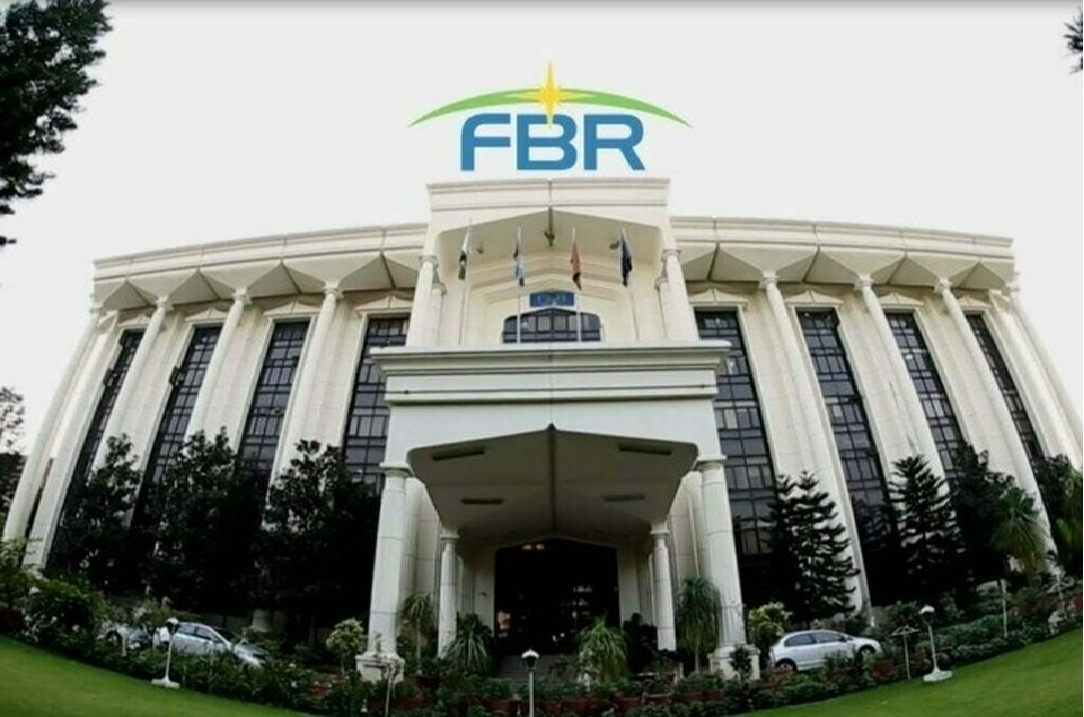Mohsin Siddiqui (Chief Reporter)
The government is contemplating the implementation of a 2.5% income tax on the entire trading chain, from manufacturers to retailers, to harness the true revenue potential of non-filers engaged in trading businesses. If Prime Minister Shahbaz Sharif approves this proposal, and it subsequently gains the National Assembly’s endorsement without yielding to pressure from traders, this initiative could potentially add hundreds of billions of rupees to the national tax receipts.
Tax authorities have proposed two other measures to bolster revenue. One recommendation involves increasing the withholding tax by at least 1% on all imports, excluding commercial importers. Another proposal suggests raising the income tax rate on contractors, professional service providers, and sportspersons.
During the current fiscal year, tax on professionals and contractors has been the highest revenue-generating source, while imports constitute the third highest source of withholding tax. The salaried class ranks as the fourth highest taxpayer.
The proposed 2.5% withholding tax targets supplies made by all manufacturers to wholesalers, distributors, and retailers who are non-filers, as part of the 2024-25 budget plan. Currently, these individuals are taxed under Section 236-G, which deals with distributors at a rate of 0.7%, and non-filer retailers are taxed at 1% under Section 236-H. The new budget proposal seeks to merge these sections and impose a unified tax rate of 2.5% on all sales from manufacturers to retailers.
The wholesale and retail sectors contribute nearly one-fifth to the economy, yet these sectors only paid a meager Rs24 billion in taxes, or 0.001% of total income tax, during the July-May period. The proposal to tax supplies of non-filers was initially made by the Ashfaq Tola-led Reform and Revenue Mobilisation Commission (RRMC) in May last year, but the previous government did not act on it.
According to the RRMC’s recommendation, imposing a 1% tax on all wholesalers, distributors, and retailers on the gross value of their supplies—whether based on imports or local manufacturing—could potentially collect at least Rs400 billion annually. However, the Federal Board of Revenue (FBR) has not yet included imports in its taxation proposal. If imports are included, the 2.5% income tax alone could generate around Rs1 trillion.
The existing Section 236-G applies to only 21 sectors, including pharmaceuticals, poultry and animal feed, edible oil and ghee, auto parts, tires, varnishes, chemicals, cosmetics, IT equipment, electronics, sugar, cement, iron and steel products, fertilizer, motorcycles, pesticides, cigarettes, glass, textile, beverages, and paints or foam. Due to its narrow scope, the total collection under Section 236-G was a mere Rs9 billion during the first 11 months of the outgoing fiscal year. Retailers also paid a paltry sum of Rs15.5 billion under Section 236-H.
The FBR’s data indicates that about Rs3.1 trillion worth of sales were made to 46,000 registered wholesalers during the first nine months of the current fiscal year. In contrast, manufacturers made Rs800 billion in sales to 97,000 unregistered distributors and wholesalers.
This budget proposal is one of the most politically sensitive due to the significant influence wielded by the trading class. The FBR is keen to obtain an explicit decision to tax the retailers by capturing their sales through the proposed 2.5% withholding tax. The FBR aims to avoid a repeat of the two-year-old episode when it taxed retailers through electricity bills, which led to an inquiry following a tweet by senior PML-N leader and current Punjab Chief Minister Maryam Nawaz Sharif, who favored the retailers.
The government plans to set the next fiscal year’s tax collection target at Rs13 trillion, requiring nearly a 40% increase over this year, which necessitates Rs2 trillion in new taxes in the budget.
There is a proposal to increase the withholding tax on all categories of imports, except for commercial imports. Existing rates range from 1% to 4% for filers and could rise to 2% to 5%. Non-filer rates are double those of filers. At current rates, the government collected Rs349 billion from imports during the first 11 months of the current fiscal year, an increase of Rs82 billion, or 31%. Imports are the third highest revenue-generating source on the income tax side.
The FBR also proposes further increases in income tax under Section 153, which deals with withholding tax on sales of rice, edible oil, cotton seed, electronics, print media advertising services, professionals, and sportspersons. Existing rates for filers range from 1.5% to 11%, which may increase by another 1% to 2%. Section 153 is the top revenue generator for the government. During the July-May period, the government collected Rs432 billion from contractors, an increase of Rs100 billion, or 30%, over the previous year.



